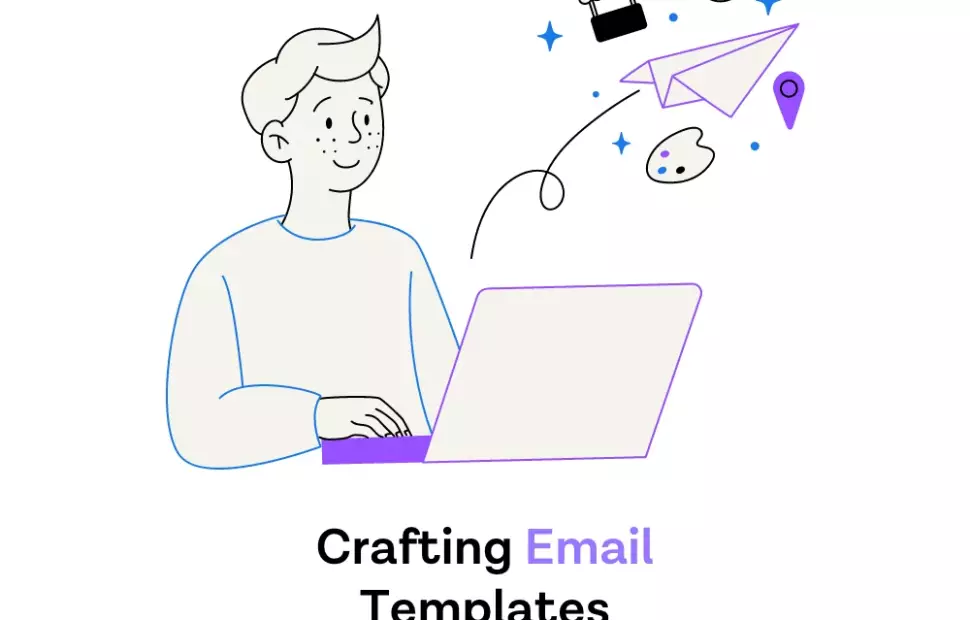Crafting Email Templates: A UX Designer's Guide
Introduction
As UX/UI designers, we know that our craft extends beyond just websites and apps. In fact, one of the most underrated but equally important aspects of our work is designing email templates. Emails are a crucial part of communication in the digital age, and crafting the perfect email template can make a massive difference in user experience and engagement.
In this article, we'll dive deep into the world of email template design, exploring the best practices and design tendencies of the past years. We'll also look at some real-life examples that demonstrate effective email design.
- A solid foundation: Responsive and mobile-first design
- A solid foundation: Responsive and mobile-first design
With more than 50% of all emails being opened on mobile devices, responsive design is no longer just a recommendation – it's a must. This means that your email templates should adapt to different screen sizes and orientations for optimal readability and usability.
Real-life example: Apple's promotional emails are a great example of responsive design in action. Their emails look equally stunning on desktop and mobile, with content that adapts seamlessly to different screen sizes.
- Keep it simple: Clutter-free layout and hierarchy
Less is more when it comes to email design. Stick to a clean, minimalist layout that is easy to scan and digest. This not only makes the email more appealing but also improves the user experience by making it easier to find and interact with the content.
Real-life example: Airbnb's booking confirmation emails are straightforward, with a clear hierarchy that highlights the most important information. They use white space effectively to make the content easy to read and understand.
- The power of visual storytelling: Use of images and illustrations
Visuals play a significant role in capturing users' attention and conveying the message quickly. Opt for high-quality, relevant images or illustrations to support your content and tell a story.
Real-life example: Headspace's welcome emails use beautiful illustrations to make their message more engaging and delightful. They help set the tone for the brand and make the email more memorable.
- Typography matters: Readable fonts and text formatting
Choose fonts that are not only visually appealing but also easy to read on different devices. Stick to a limited number of fonts (ideally 1-2) and use text formatting like bold, italics, and lists to improve the scanability of your content.
Real-life example: Mailchimp's newsletter emails have excellent typography, using a consistent font family and text formatting to make their content easily digestible.
- Get personal: Tailor content for the individual
Personalization is the key to engagement. Use dynamic content and segmentation to deliver targeted messages that resonate with each recipient on a personal level.
Real-life example: Spotify's "Your Year in Music" emails are highly personalized, providing users with a custom summary of their listening habits and favorite tracks. This tailored approach makes the emails more relevant and engaging.
- Clear and compelling CTAs: Drive action
Your call-to-action (CTA) buttons should be clear, visible, and easy to interact with. Use contrasting colors and descriptive text to make them stand out and encourage users to take action.
Real-life example: Dropbox's promotional emails use prominent, contrasting CTAs that are easy to spot and click. The descriptive text tells users exactly what to expect when they click the button.
Conclusion
There you have it, folks – the essential ingredients for crafting the perfect email template. By following these best practices and learning from real-life examples, you'll be well on your way to creating stunning, effective email designs that delight your users and drive engagement.
